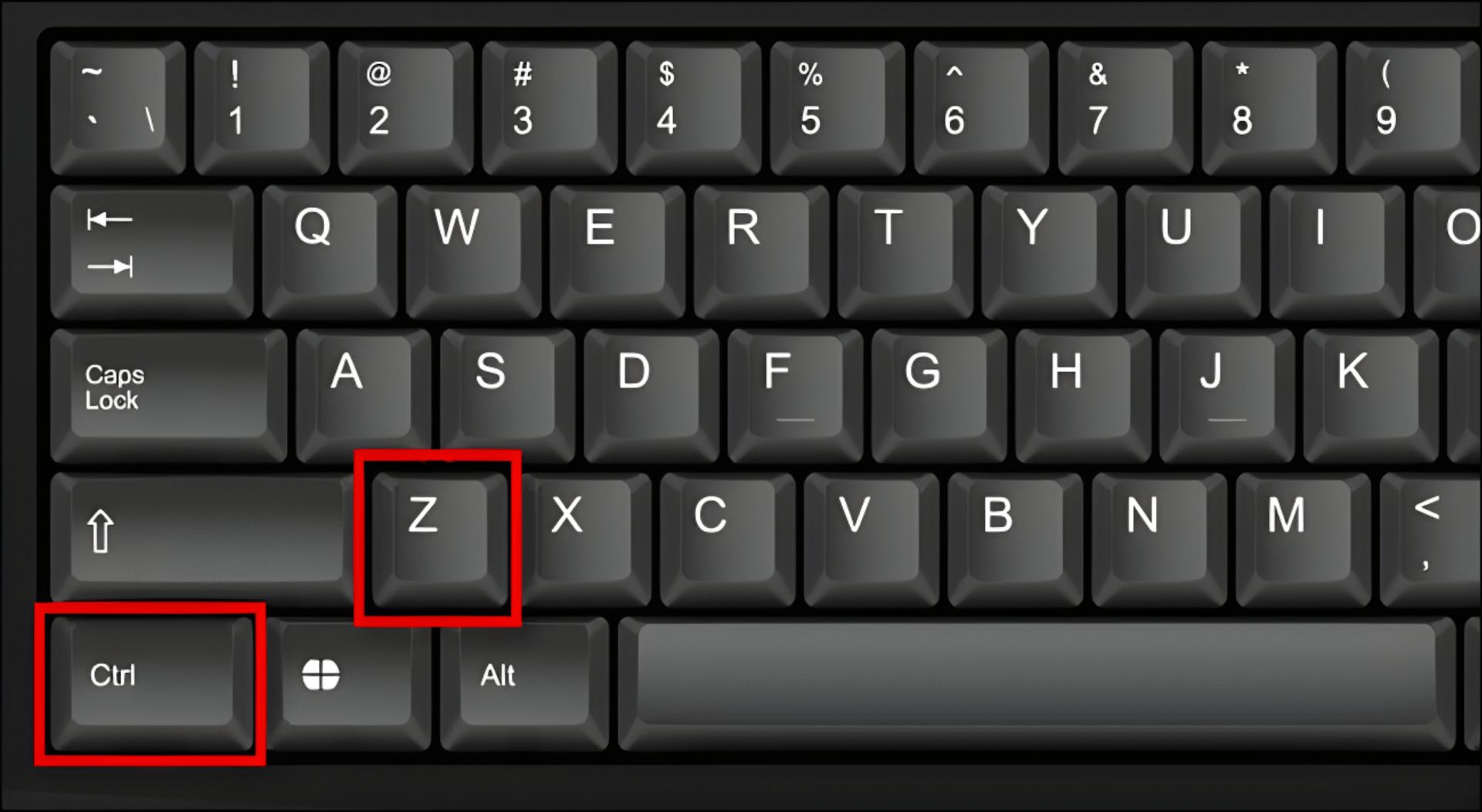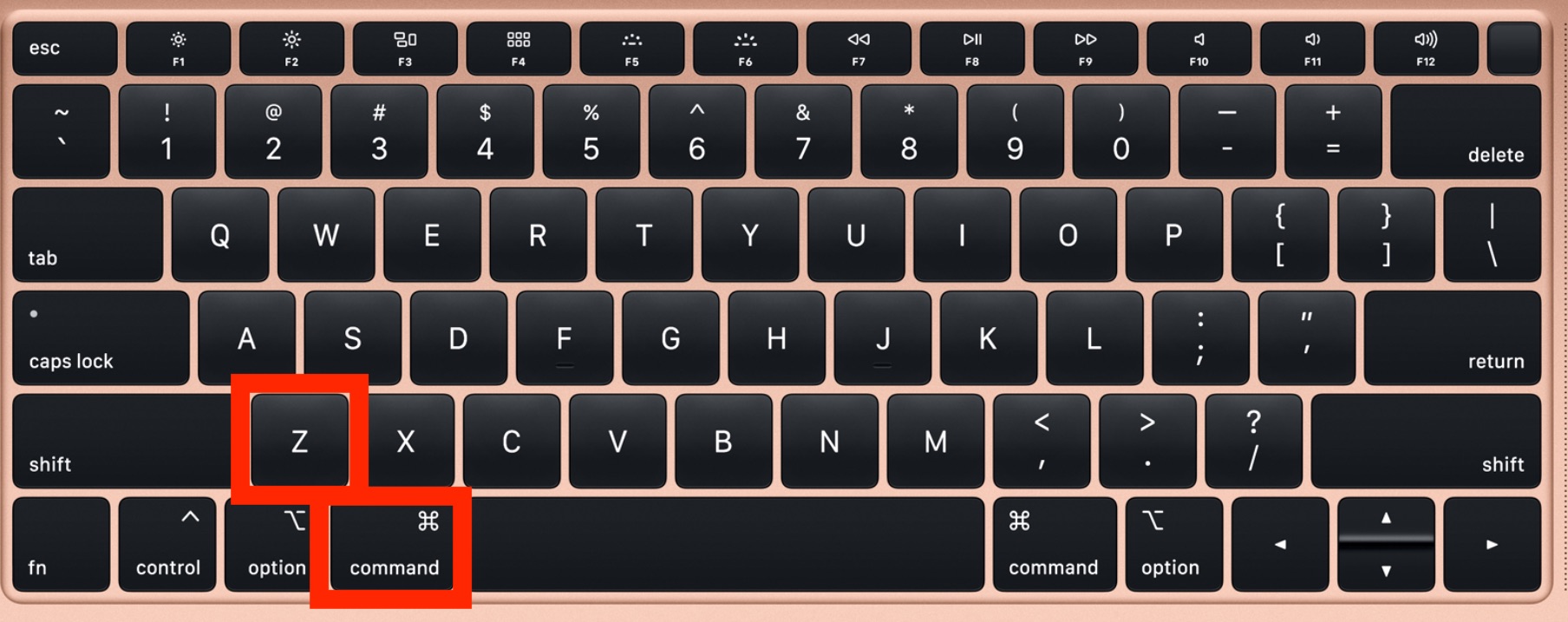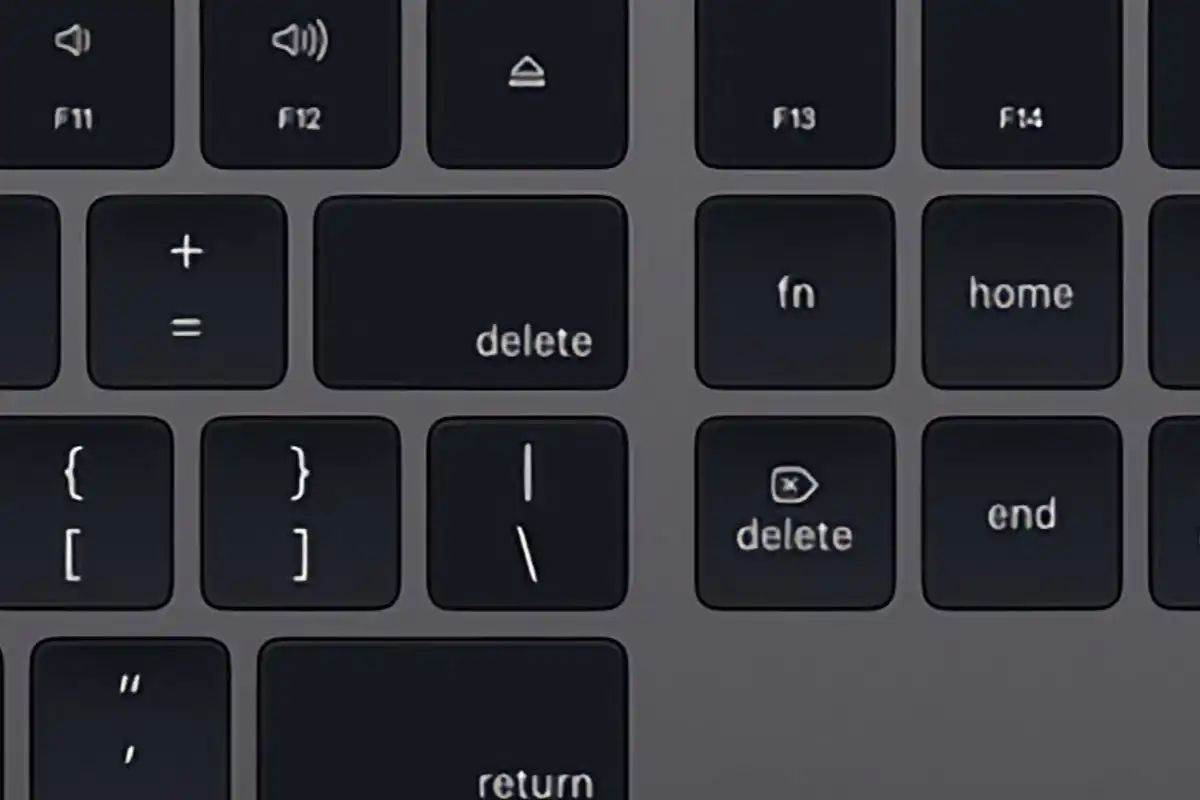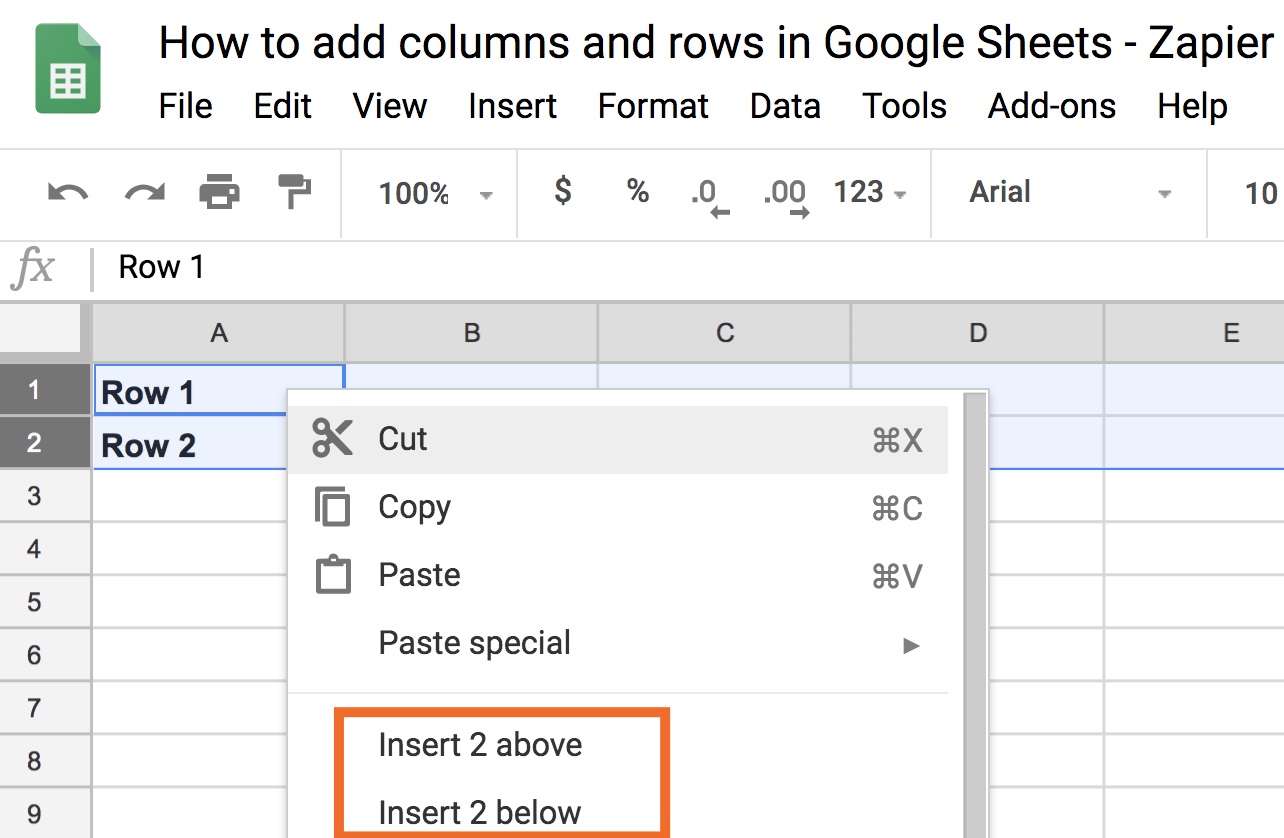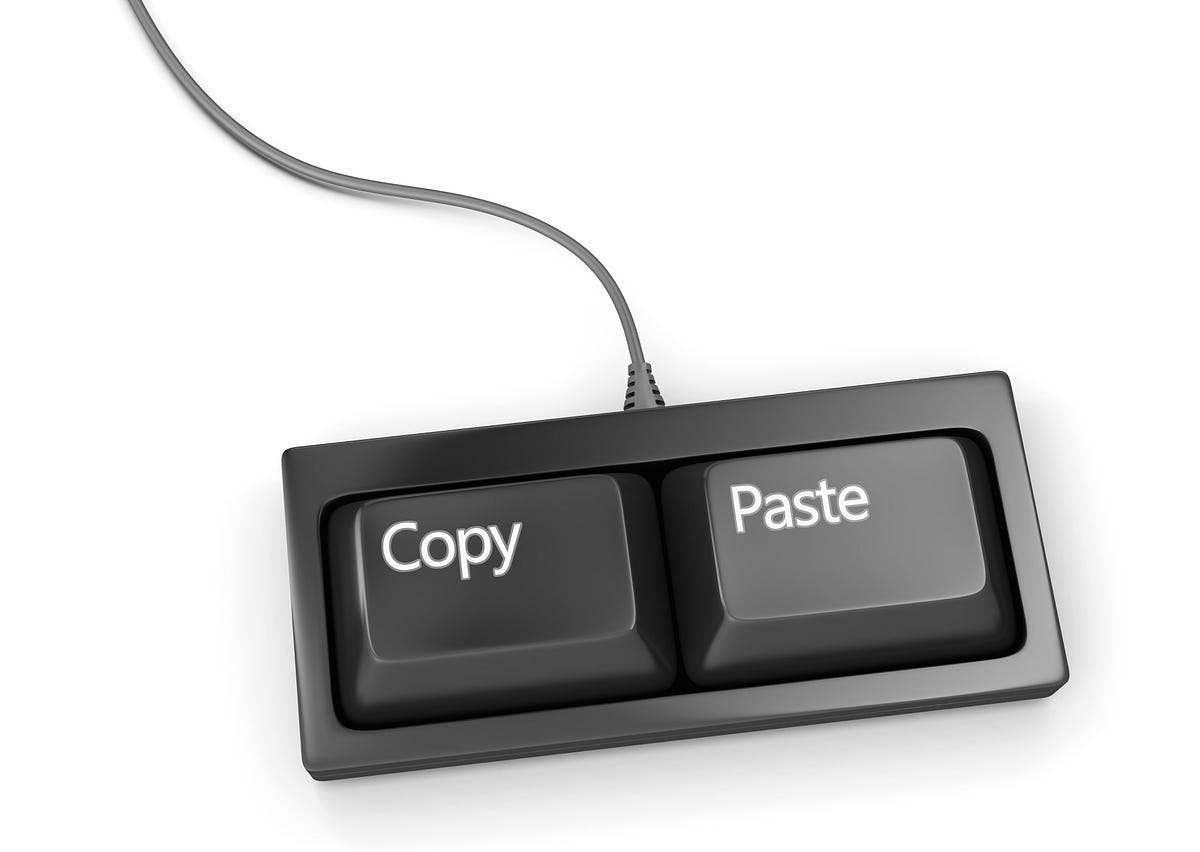Introduction
Have you ever made a mistake while typing or editing a document? Perhaps you accidentally deleted an important paragraph or applied the wrong formatting to a section of text. These errors can be frustrating and time-consuming to fix, especially if you don’t know the proper shortcuts or techniques. Fortunately, most modern keyboard layouts come equipped with a powerful tool called the “Undo” function.
The Undo function is a lifesaver when it comes to quickly and easily correcting mistakes on your computer. It allows you to revert changes, whether they are minor or significant, with just a few keystrokes. Whether you’re a student, a professional writer, or simply someone who frequently uses a computer, knowing how to utilize the Undo function effectively can save you precious time and effort.
In this article, we will explore how to undo on both Windows and Mac keyboards. We’ll also provide you with some tips on using the undo function efficiently and avoiding common mistakes. So, let’s delve into the world of undoing and discover how this handy feature can enhance your productivity and make your digital life much simpler.
What is the “Undo” function?
The “Undo” function is a feature found in most software applications and operating systems that allows users to reverse their most recent actions. It acts as a virtual time machine, taking you back to a previous state and undoing any changes you made. Imagine it as a digital “do-over” button that erases your mistakes and restores the document or project to its previous state.
The Undo function is incredibly versatile and can be applied to various tasks, including text editing, graphic design, spreadsheet manipulation, and more. Whether you’re working with a word processor, a photo editing software, or even a web browser, the Undo function is there to rescue you from potential errors or unwanted modifications.
When you perform an action, such as typing, deleting, formatting, or moving elements, the software or operating system records a history of these actions. The Undo function retrieves the previously recorded steps and undoes them in reverse order, effectively restoring the document to its state just before those actions were performed.
The beauty of the Undo function lies in its simplicity and ease of use. In most cases, you can access it by pressing a keyboard shortcut, such as “Ctrl+Z” on Windows or “Command+Z” on Mac. Alternatively, you can usually find the Undo option in the Edit menu of the application you’re using.
It’s important to note that the Undo function typically has a limited scope. It can only undo the most recent action or a specific number of actions depending on the software or application. However, many programs offer the ability to undo multiple steps by repeatedly pressing the Undo shortcut or selecting the Undo option multiple times.
Now that you understand the essence of the Undo function, let’s explore how to utilize it on both Windows and Mac operating systems.
Why is it important to know how to undo on keyboard?
Knowing how to undo on the keyboard is crucial for anyone who uses a computer regularly. Here are some reasons why it’s important to familiarize yourself with this essential function:
- Mistakes happen: We all make mistakes, especially when working on a computer. Whether it’s accidentally deleting a paragraph of text, applying the wrong formatting, or unintentionally moving or copying files, the Undo function allows you to quickly rectify these errors and restore your work to its previous state.
- Time-saving: The ability to undo actions saves you valuable time. Instead of manually fixing mistakes or redoing a task from scratch, you can swiftly revert to the previous version of your project. This feature is particularly useful when working on lengthy documents or complex projects that require significant time and effort to recreate.
- Experimentation and creativity: When you’re editing images, designing layouts, or composing music, the Undo function gives you the freedom to try different approaches without the fear of permanent consequences. It encourages experimentation and creativity by allowing you to backtrack if you’re not satisfied with the results.
- Confidence while working: Knowing that you have the safety net of the Undo function can boost your confidence while working on digital tasks. It eliminates the fear of making irreversible mistakes and empowers you to explore different options and techniques, ultimately enhancing your productivity and efficiency.
- Error prevention: Having the knowledge and habit of using the Undo function can help prevent errors in the first place. When you know that you can easily revert changes, it encourages you to double-check and review your work before making it permanent.
Whether you’re a student, a professional, or someone who uses a computer for personal tasks, mastering the art of undoing on the keyboard is a skill with a myriad of benefits. It provides you with a safety net and empowers you to work with confidence, creativity, and efficiency.
Now that you understand the importance of knowing how to undo on the keyboard, let’s explore the specific steps to undo on both Windows and Mac keyboards.
How to undo on Windows keyboard
Undoing actions on a Windows keyboard is a straightforward process. Here’s how you can effectively undo your most recent actions using the built-in Undo function:
- Keyboard shortcut: The simplest and quickest way to undo on a Windows keyboard is by using the keyboard shortcut “Ctrl+Z”. Select the content or action you wish to undo, then press and hold the Ctrl key while tapping the Z key. This will instantly revert the changes you made.
- Edit menu: Another method is to use the Undo command in the Edit menu of the application you’re using. Locate the Edit menu at the top of the window, click on it, and select the “Undo” option. This will undo the most recent action performed.
- Multiple undo: Some software applications allow you to undo multiple actions in one go. To do this, simply press “Ctrl+Z” multiple times or select the Undo option repeatedly from the Edit menu. Each press or selection will step back one action at a time.
- Redo: If you accidentally undo an action and wish to bring it back, you can use the “Redo” command. The keyboard shortcut for redoing on a Windows keyboard is “Ctrl+Y”. Alternatively, you can find the Redo option in the Edit menu.
It’s important to note that the Undo function is not available in all applications or software tools. However, most popular applications, including word processors, image editors, and spreadsheet programs, have built-in support for Undo.
By familiarizing yourself with the keyboard shortcuts and menu options specific to the software you use, you’ll be able to leverage the Undo function effectively and navigate through your digital work with ease.
Now that you know how to undo on a Windows keyboard, let’s explore how to utilize this function on a Mac keyboard.
How to undo on Mac keyboard
Undoing actions on a Mac keyboard is just as simple as on a Windows keyboard. Here are the steps to effectively undo your most recent actions using the built-in Undo function:
- Keyboard shortcut: The primary method to undo on a Mac keyboard is by using the keyboard shortcut “Command+Z”. Similar to the Windows shortcut, select the content or action you want to undo, then press and hold the Command key while tapping the Z key. This will instantly revert the changes you made.
- Edit menu: Alternatively, you can use the Undo command from the Edit menu in the application you’re using. Look for the Edit menu at the top of your screen, click on it, and select the “Undo” option. This will undo the most recent action you performed.
- Multiple undo: Like with Windows, some Mac applications allow for multiple undo actions. Press “Command+Z” multiple times, or select the Undo option repeatedly from the Edit menu, to step back through multiple actions and revert them in sequence.
- Redo: Similar to Windows, if you accidentally undo an action and wish to bring it back, you can use the “Redo” command. The keyboard shortcut for redoing on a Mac keyboard is “Command+Shift+Z”. Alternatively, you can find the Redo option in the Edit menu.
As with Windows, it’s important to note that not all applications or software tools have the Undo function available. However, most popular software on Mac, such as text editors, graphic design tools, and video editing software, have integrated support for Undo.
By familiarizing yourself with the specific keyboard shortcuts and menu options for the applications you use, you’ll be able to confidently utilize the Undo function on your Mac keyboard and swiftly revert any unintended actions.
Now that you know how to undo on a Mac keyboard, let’s explore some tips for using the Undo function effectively.
Tips for using the undo function effectively
The Undo function is a powerful tool that can greatly improve your productivity and workflow. Here are some tips to help you make the most out of this handy feature:
- Know the keyboard shortcut: Familiarize yourself with the keyboard shortcut for the Undo function on the specific operating system or application you’re using. This will allow you to quickly and effortlessly undo actions without having to navigate through menus.
- Save your work: Before using the Undo function, make sure to save your work. Although the Undo feature is designed to revert changes, it’s always a good practice to save your progress regularly to prevent any potential data loss.
- Use it selectively: While the Undo function is handy, it’s essential to use it sparingly and selectively. Rather than relying heavily on the Undo feature, strive to double-check your work, proofread, and verify changes before deciding to undo them.
- Take advantage of multiple undo: If the software or application you’re using supports multiple undo actions, make use of this feature. Press the Undo shortcut multiple times to step back through several actions or select the Undo option repeatedly from the menu. This can help you make significant changes efficiently without redoing each action individually.
- Monitor your undo history: Some applications provide an undo history, allowing you to see a list of previous actions you can undo. Monitor this history to have a clear overview of the changes you’ve made and easily navigate through them.
- Combine with redo: If you accidentally undo an action and realize you need to bring it back, remember to use the Redo command. The Redo function is usually the opposite of the Undo command, allowing you to revert your last undo action and restore the changes.
- Practice and experiment: Don’t be afraid to experiment with the Undo function. Practice using it in various applications and scenarios to build your confidence and familiarize yourself with its capabilities. The more you use it, the more comfortable and efficient you’ll become at undoing actions on your keyboard.
By following these tips, you’ll be able to harness the power of the Undo function effectively and seamlessly integrate it into your workflow, saving time and ensuring accuracy in your digital tasks.
Now that you’re armed with these useful tips, let’s explore some common mistakes to avoid when using the Undo function.
Common mistakes to avoid when using the undo function
While the Undo function is incredibly useful, it’s important to be mindful of certain pitfalls that can hinder your experience. Here are some common mistakes to avoid when using the Undo function:
- Over-relying on Undo: One of the biggest mistakes is relying too heavily on the Undo function. While it’s a convenient feature, it’s best to approach your work with caution and be diligent in preventing mistakes in the first place. Regularly saving your work, proofreading, and checking for errors can prevent the need for frequent undoing.
- Not understanding the scope: The Undo function typically has a limited scope. It can only undo the most recent action or a specific number of actions. It won’t necessarily undo changes made outside of the application or actions performed a long time ago. Understanding the scope will help manage your expectations and utilize the feature effectively.
- Skipping save points: It’s crucial to save your work at appropriate intervals, even if you have the ability to undo actions. If your system crashes or there’s a power outage, you may lose all undo history. Saving your work regularly ensures that you have a stable point to revert back to if needed.
- Forgetting to redo: After undoing an action, it’s essential to remember the Redo command for reinstating what you’ve undone. If you overlook this step, you may end up discarding valuable changes that you intended to keep.
- Not considering the ripple effect: Undoing a single action may have unintended consequences on subsequent actions. It’s important to carefully consider and review the flow of changes before utilizing the Undo function. Be aware that reverting one action may affect the overall structure or sequence of your work.
- Ignoring alternative methods: While the Undo function can be efficient, there may be alternative ways to achieve the desired result without needing to undo. Explore other options such as using a different tool, utilizing a version control system, or consulting the application’s documentation for specialized features that may be better suited to your needs.
By being mindful of these common mistakes, you can maximize the benefits of the Undo function and avoid pitfalls that may hinder your productivity and workflow.
Now that you’re aware of the common mistakes to avoid, let’s wrap up this article with a recap of what we’ve covered.
Conclusion
The Undo function is an invaluable tool that allows you to quickly and easily revert changes on your keyboard. Whether you’re using a Windows or Mac computer, knowing how to utilize the Undo function effectively is essential for improving productivity and avoiding unnecessary frustration.
In this article, we explored the importance of understanding the Undo function and its benefits. We learned how to undo on both Windows and Mac keyboards, using keyboard shortcuts or menu options. Additionally, we shared tips for using the Undo function efficiently and avoiding common mistakes that can hinder your experience.
By familiarizing yourself with the specific methods and shortcuts for the applications you use most frequently, you can confidently harness the power of the Undo function and enhance your digital workflow. Remember to save your work regularly and practice preventative measures to minimize the need for excessive undoing.
As you grow more comfortable with the Undo function, you’ll gain the confidence to experiment, be creative, and explore different approaches to your work. Embrace the Undo feature as a safety net, allowing you to undo mistakes and refine your projects with ease.
So, the next time you find yourself in a predicament on your keyboard, remember the Undo function is there to help you navigate through errors, restore previous versions, and make your digital life simpler and more efficient.







